Did you know that approximately 1 million people in the USA can speak Korean? And many more are starting to learn each year, inspired by a love of K-Pop, K-Drama, K-Movies, and other Korean cultural exports.
If you’re planning to travel to South Korea, then learning some Korean will go a long way to understanding and appreciating Korea’s unique etiquette and culture.
Whatever your reason for wanting to learn Korean, this guide to the best ways to learn Korean will help you find a method that’s right for you.
There are various ways to learn a language, fitting each person’s learning style, available time, and commitment. Discover which is best for you with our helpful quick links below that will take you to these 5 approaches to learning Korean.


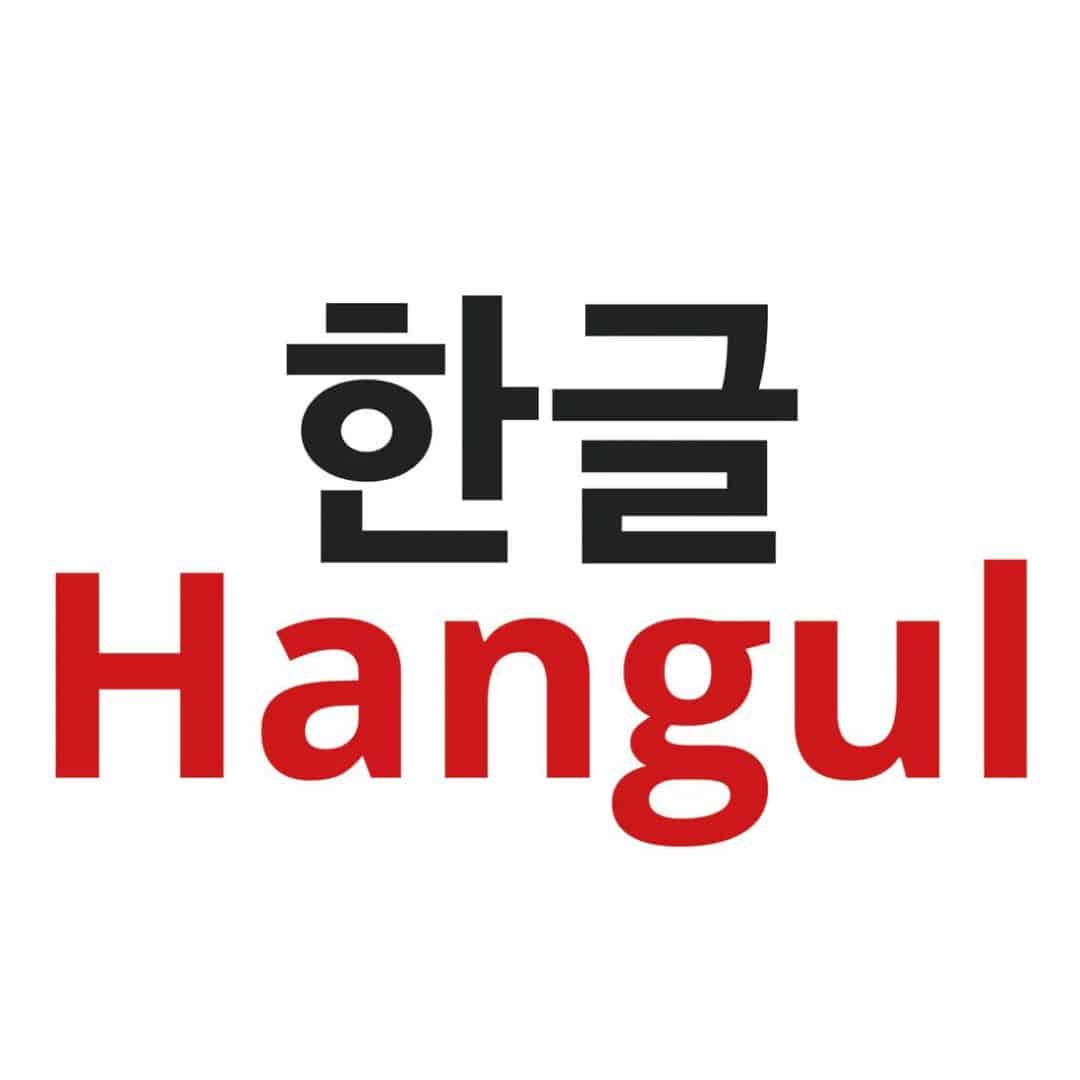 If you travel to
If you travel to 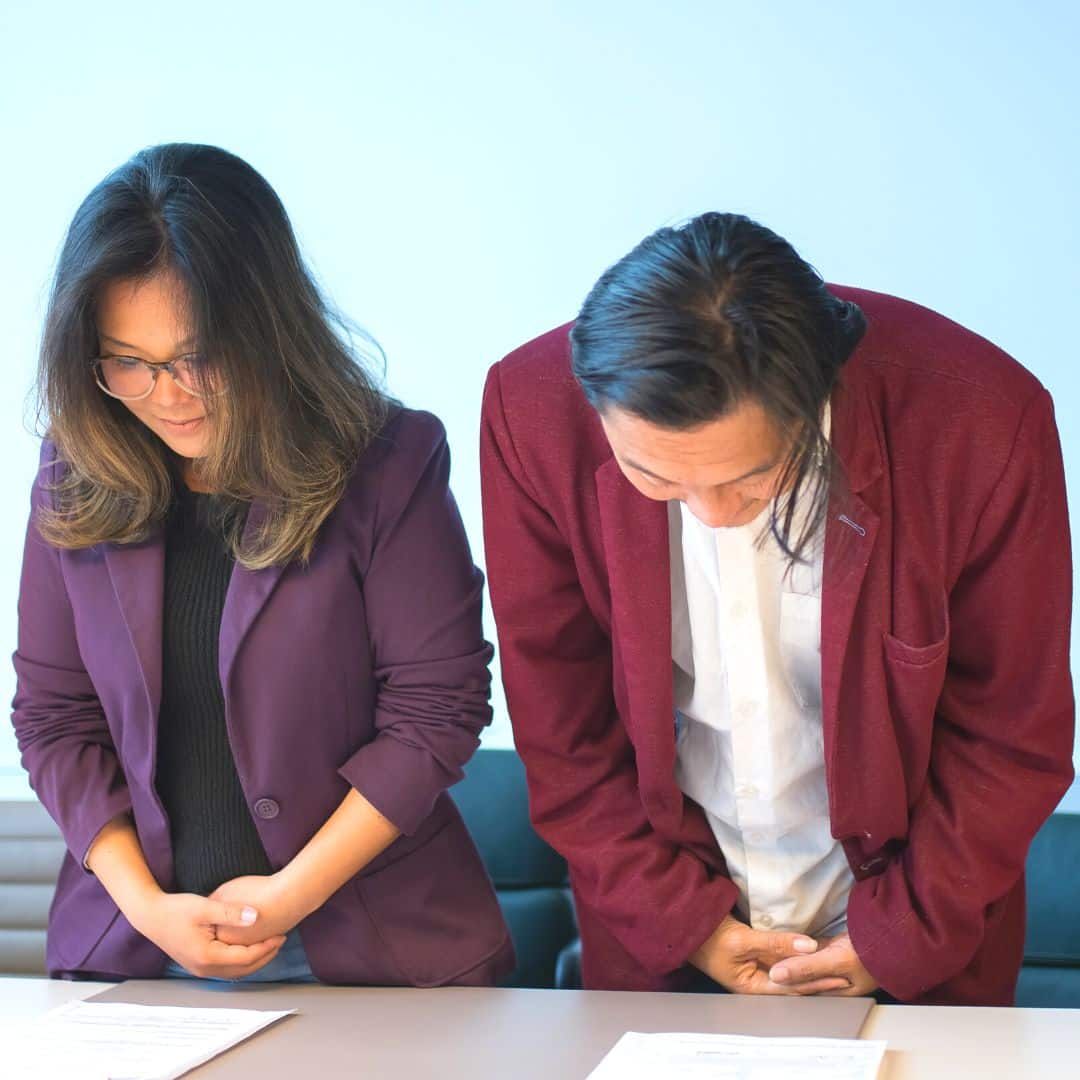 Once you begin to learn Korean, you’ll discover there are actually several forms of speech that should be used in certain situations. These are informal, formal, and respectful and the correct form should be used depending on the situation.
Once you begin to learn Korean, you’ll discover there are actually several forms of speech that should be used in certain situations. These are informal, formal, and respectful and the correct form should be used depending on the situation.
 90 Day Korean
90 Day Korean Korean Class 101
Korean Class 101 How To Study Korean
How To Study Korean Udemy
Udemy Fluent U
Fluent U Lingo Pie
Lingo Pie
 Talk To Me In Korean
Talk To Me In Korean Learn Korean With BTS
Learn Korean With BTS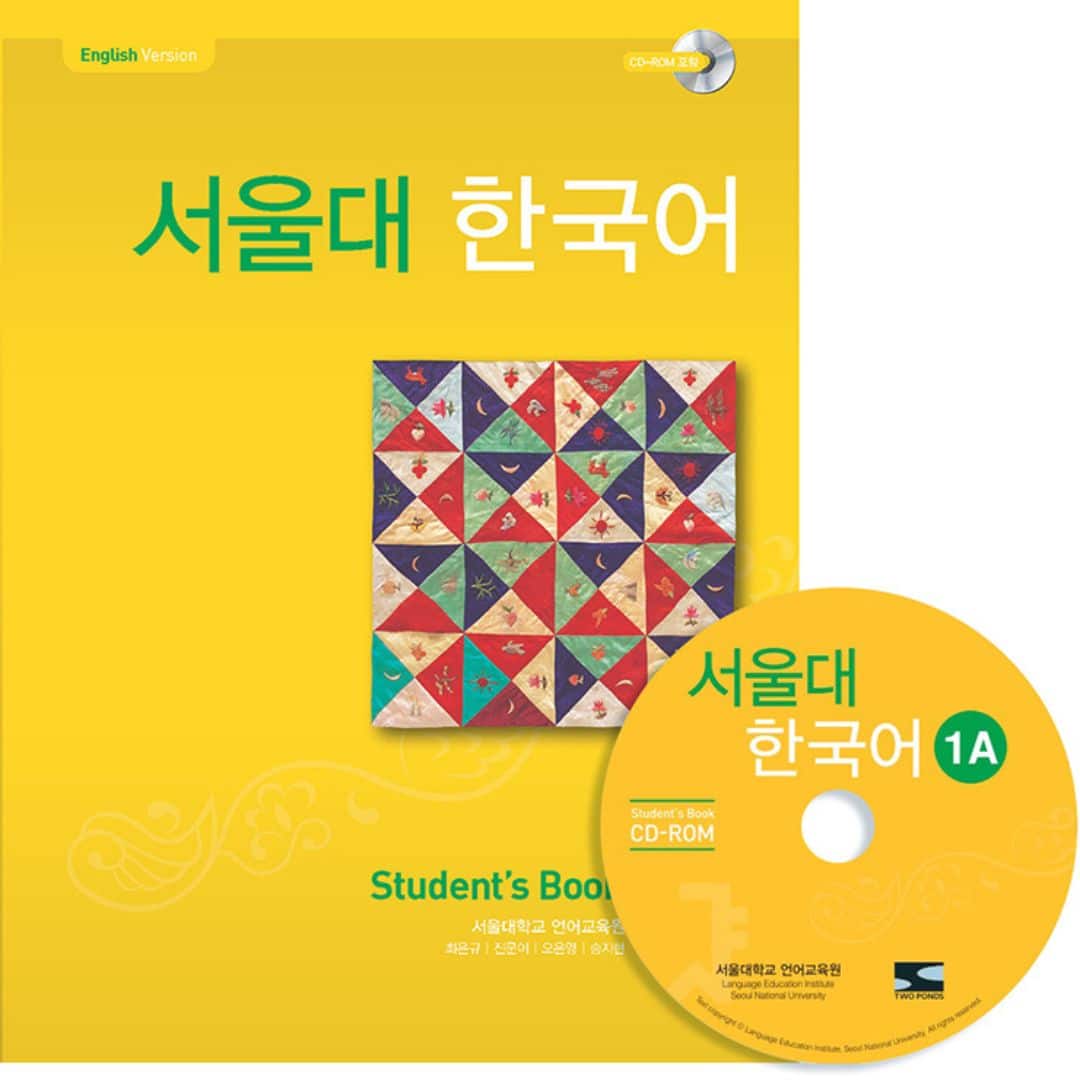 Seoul National University
Seoul National University I Love Korean
I Love Korean Active Korean
Active Korean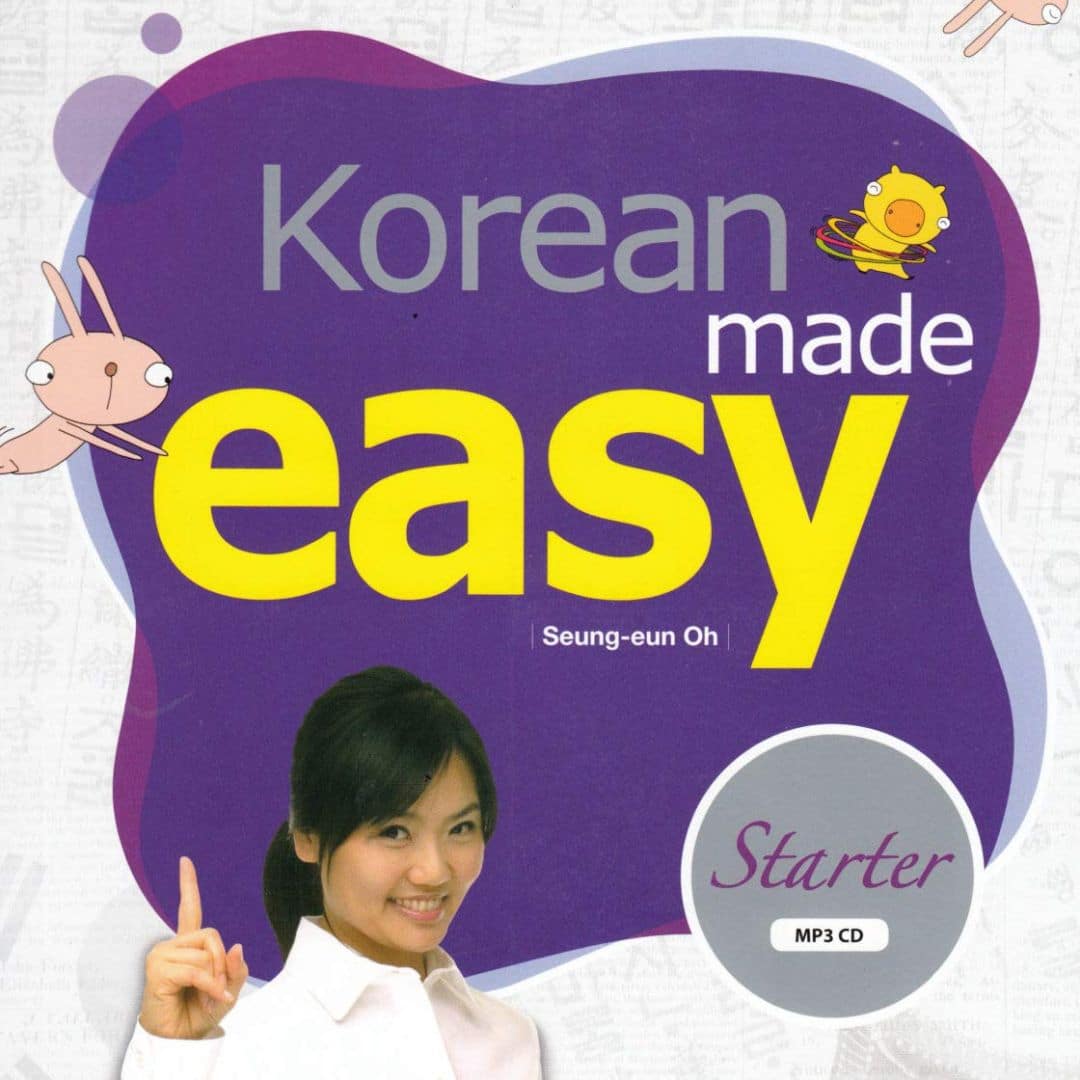 Korean Made Easy
Korean Made Easy
 Eggbun
Eggbun Memrise
Memrise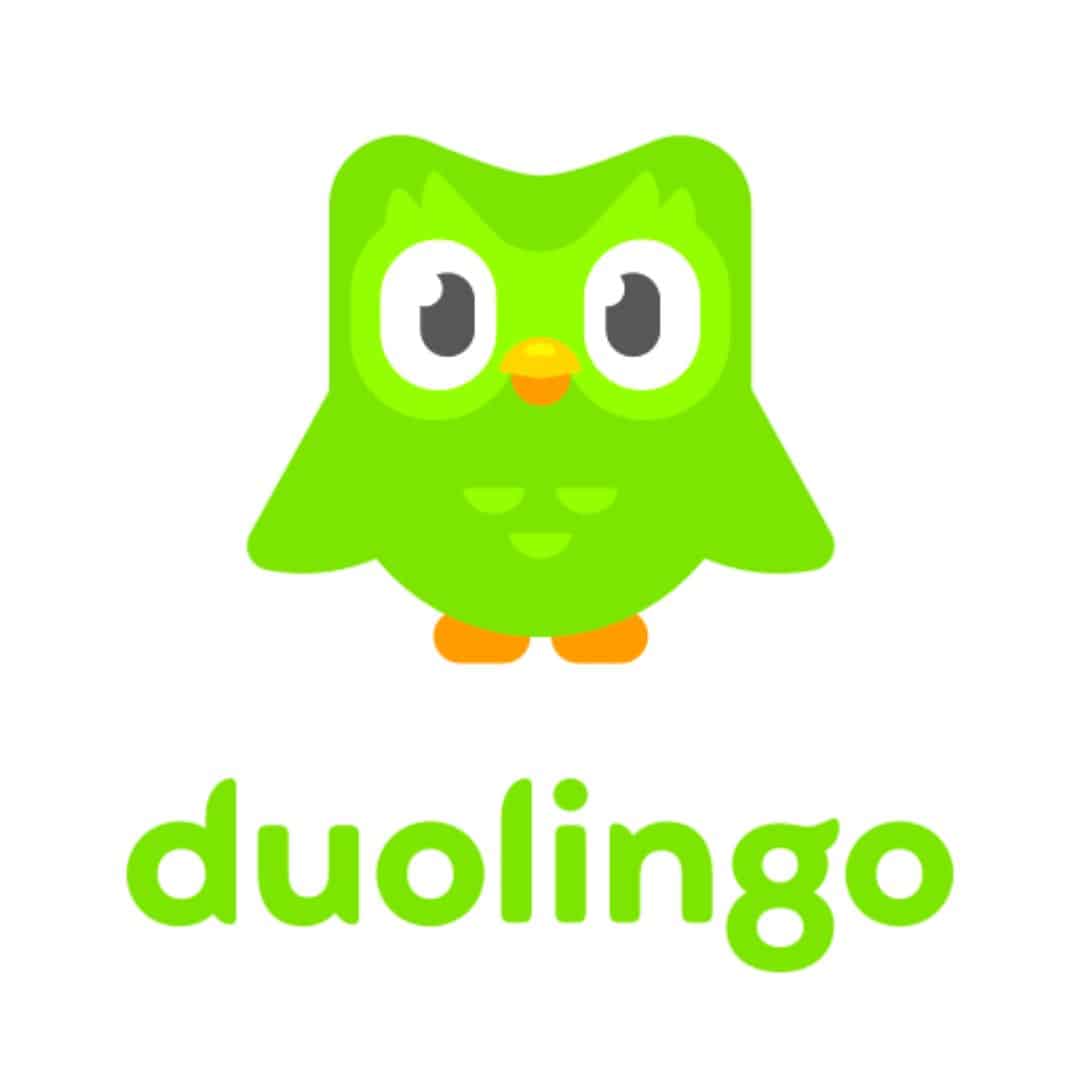 Duolingo
Duolingo LingoDeer
LingoDeer Hello Talk
Hello Talk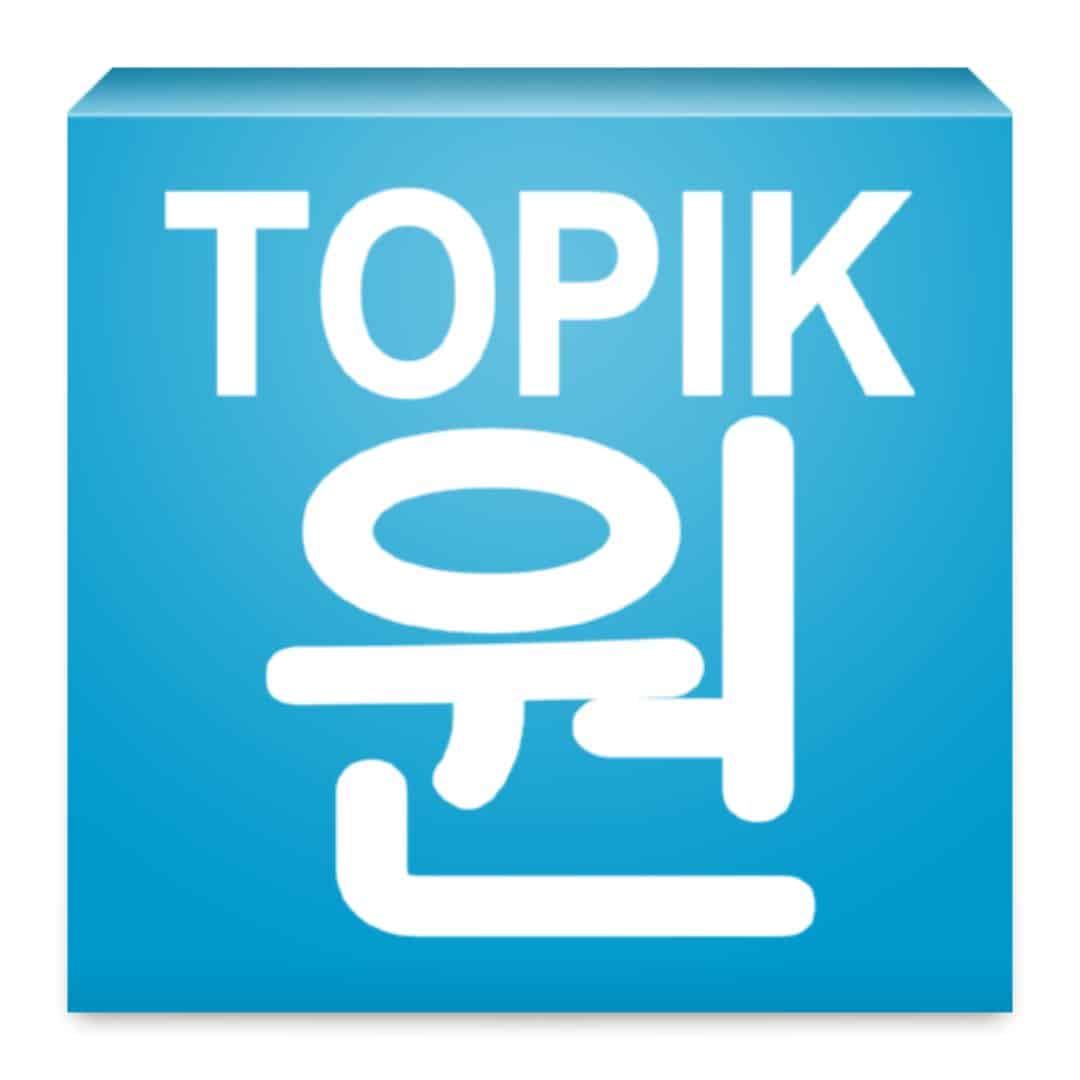 TOPIK 1
TOPIK 1

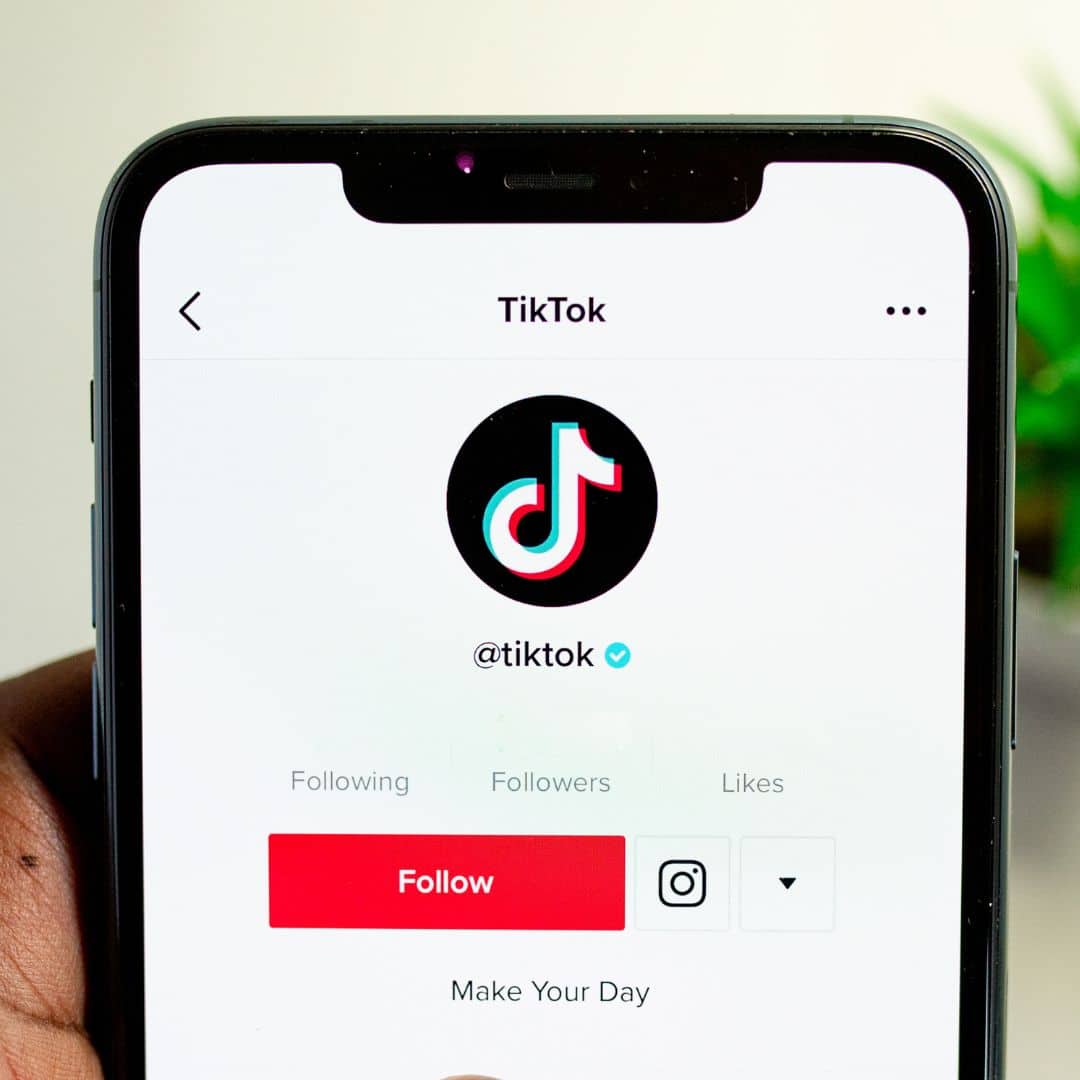
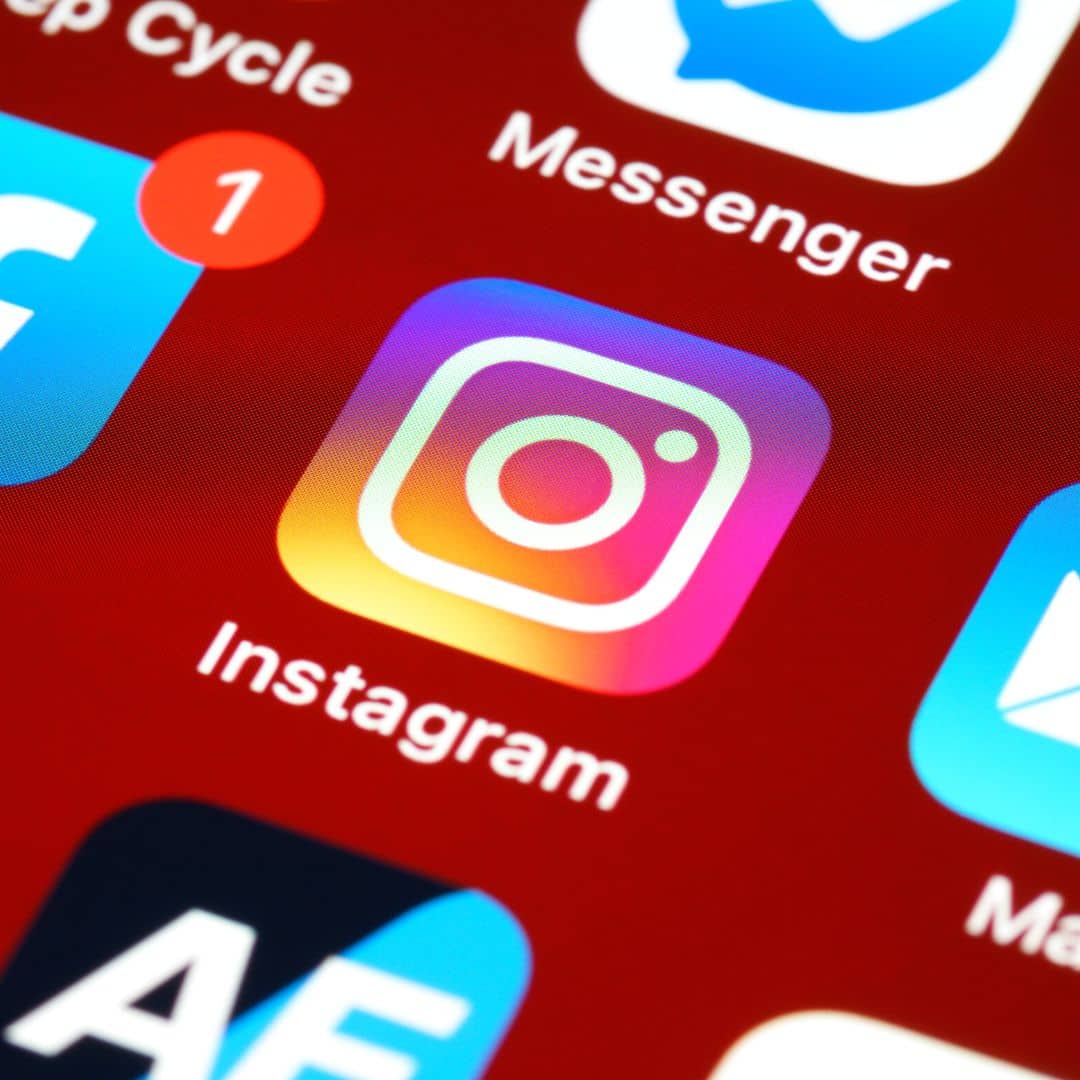

 Preply
Preply italki
italki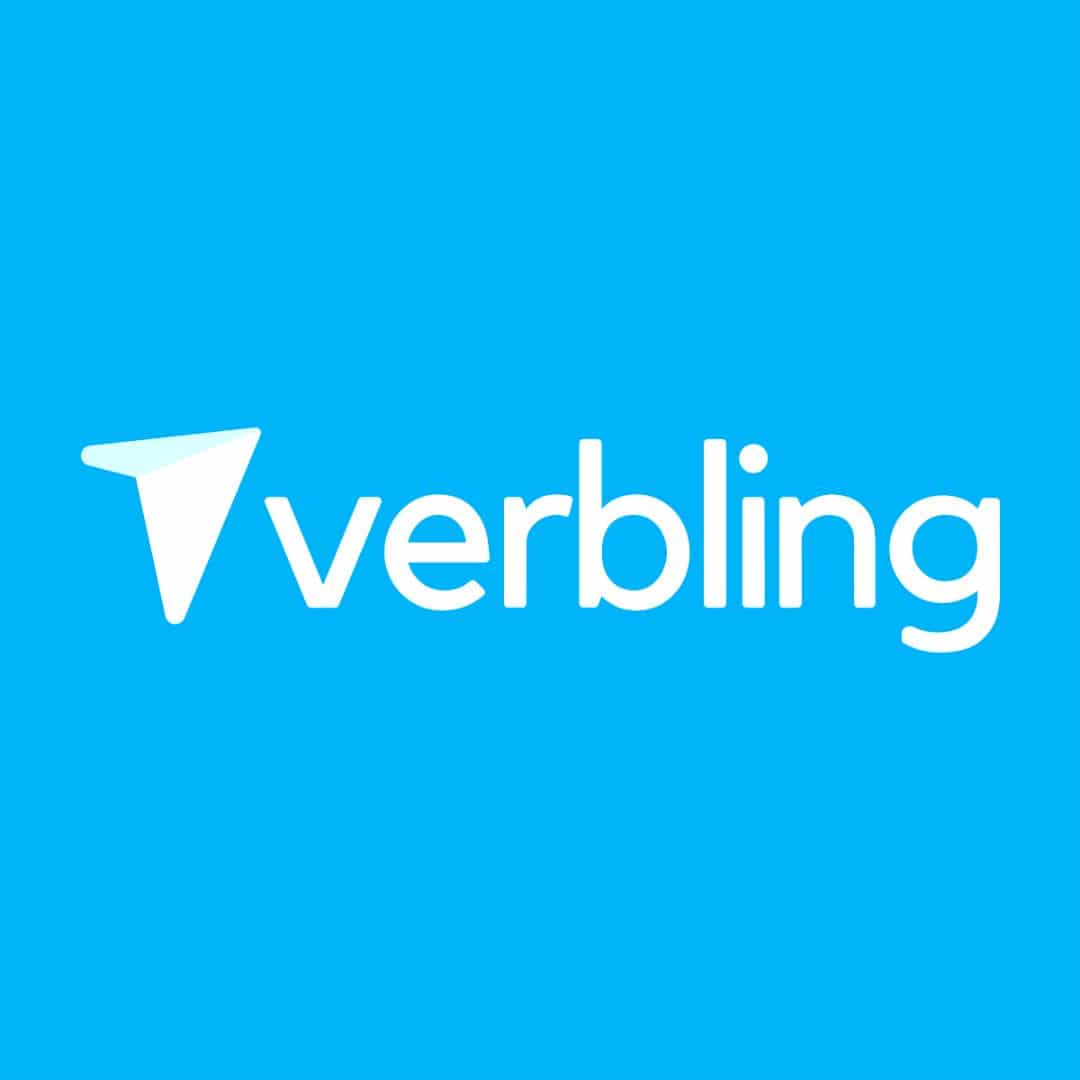 Verbling
Verbling








